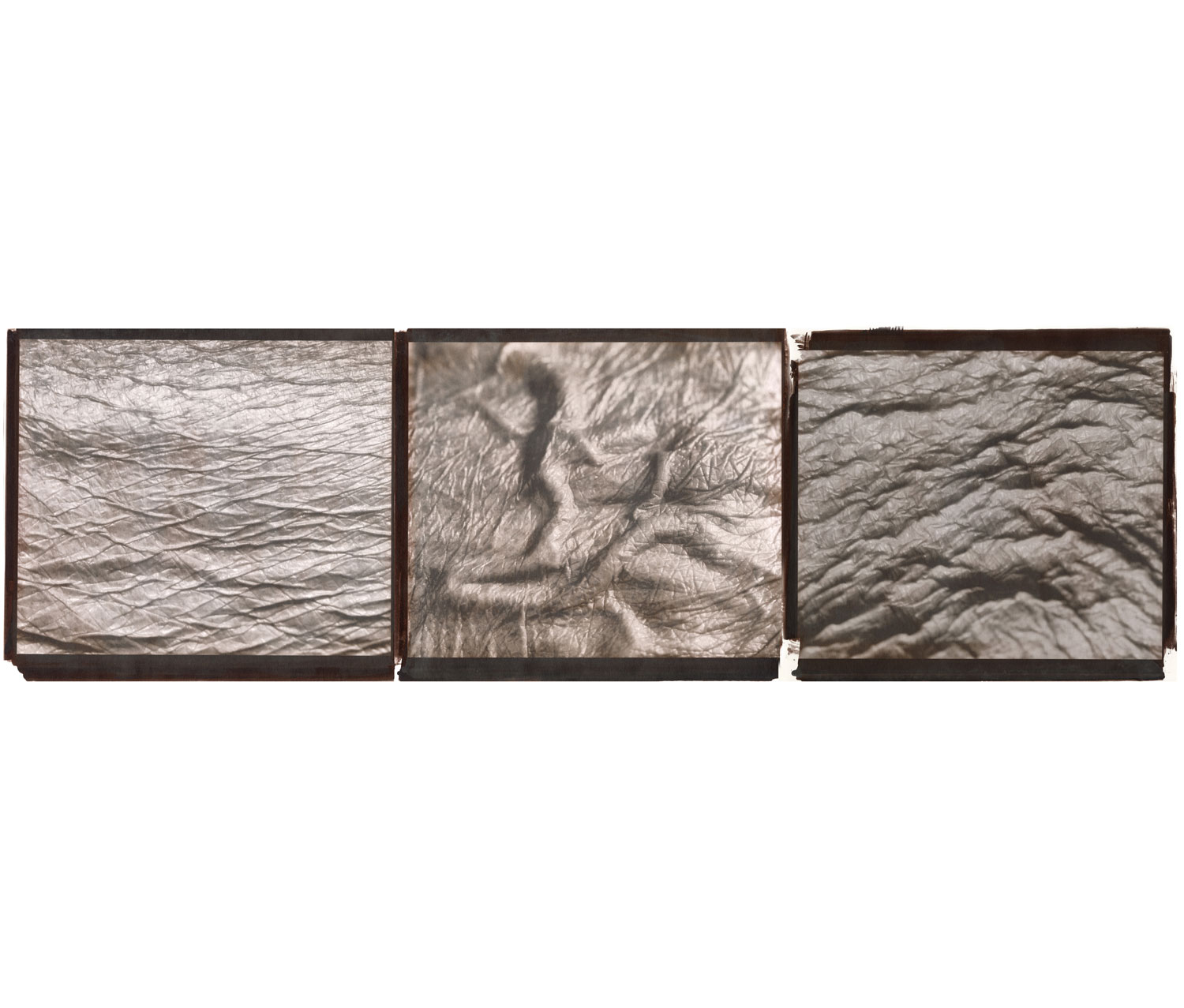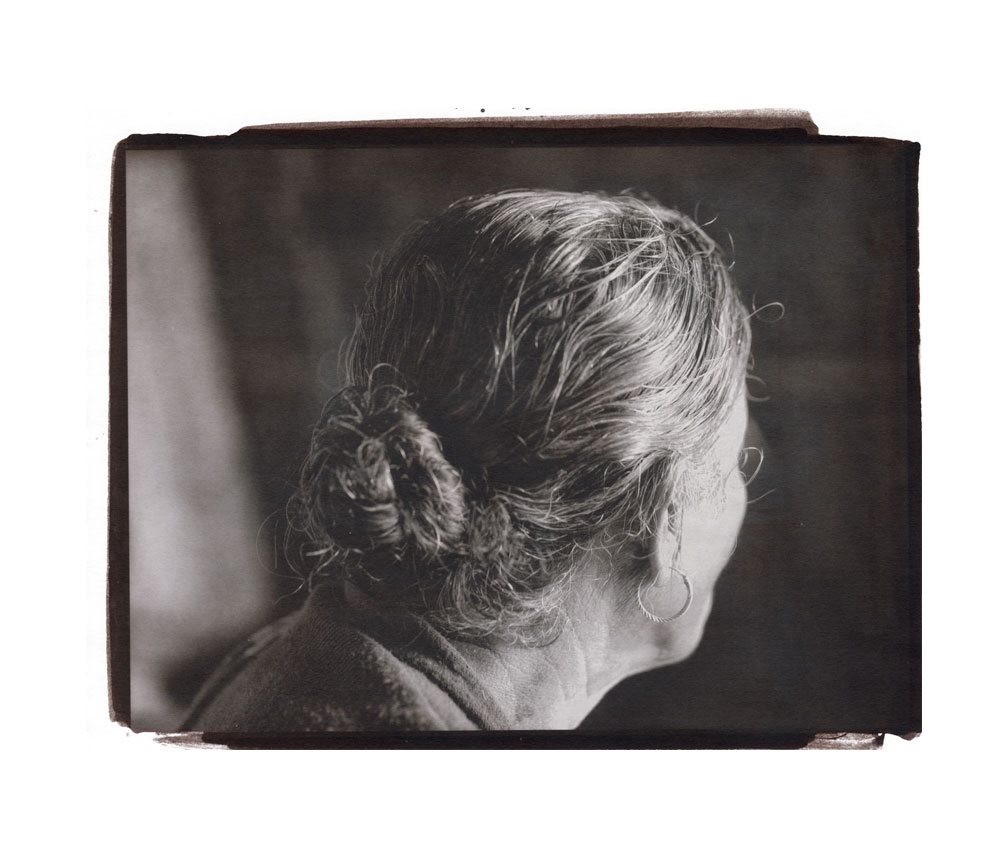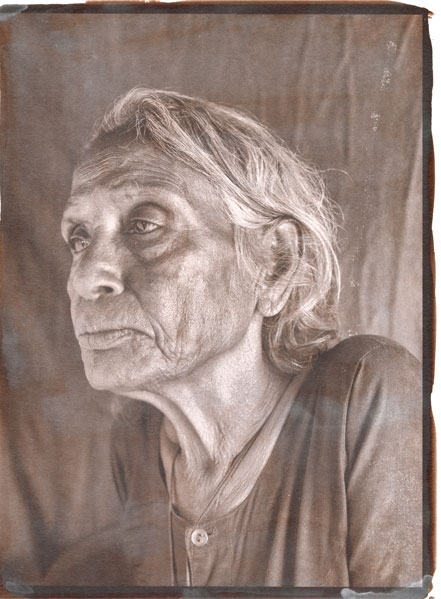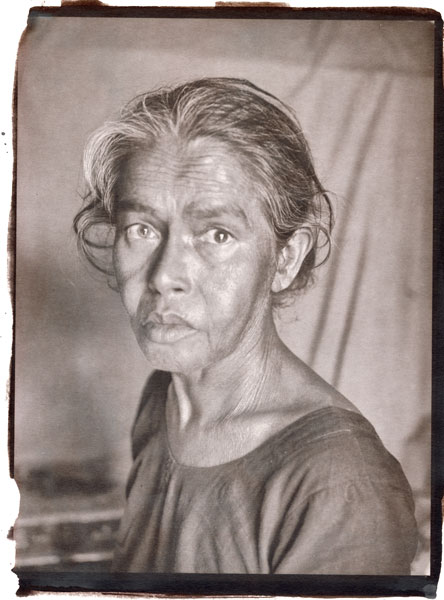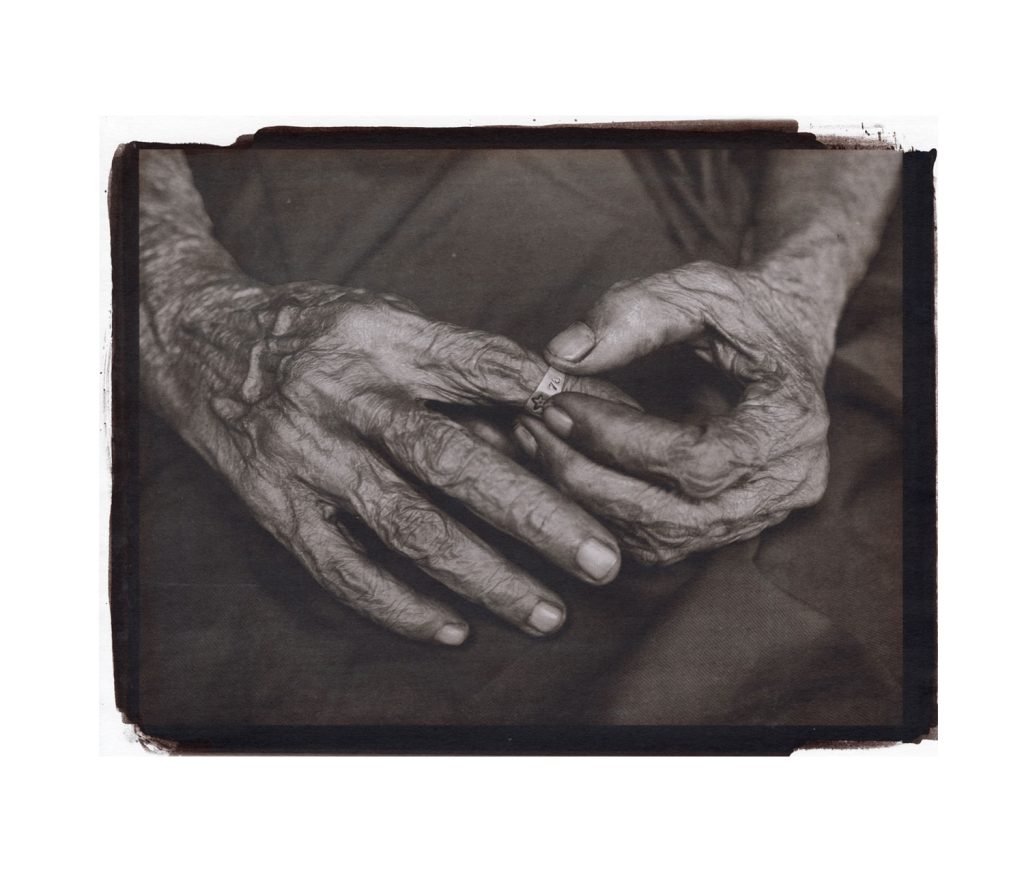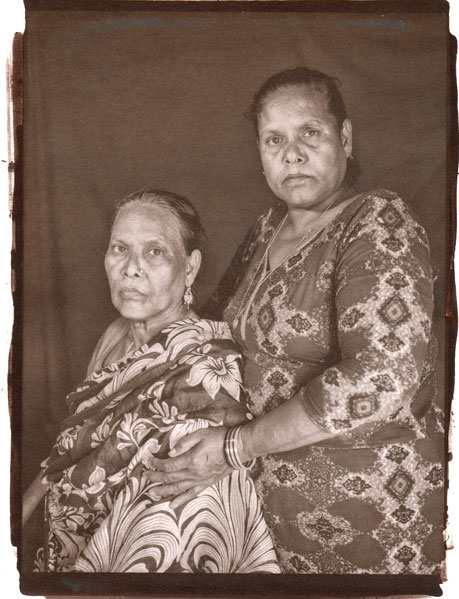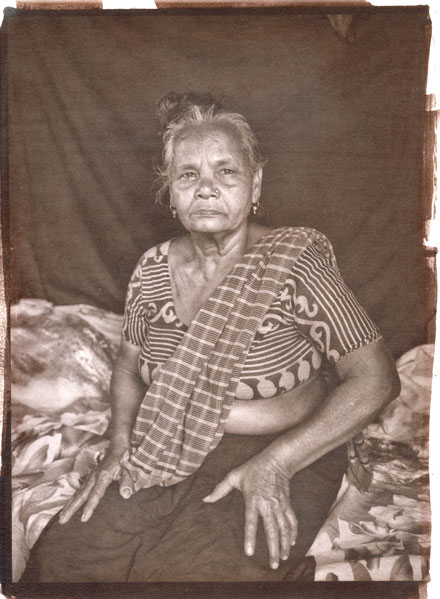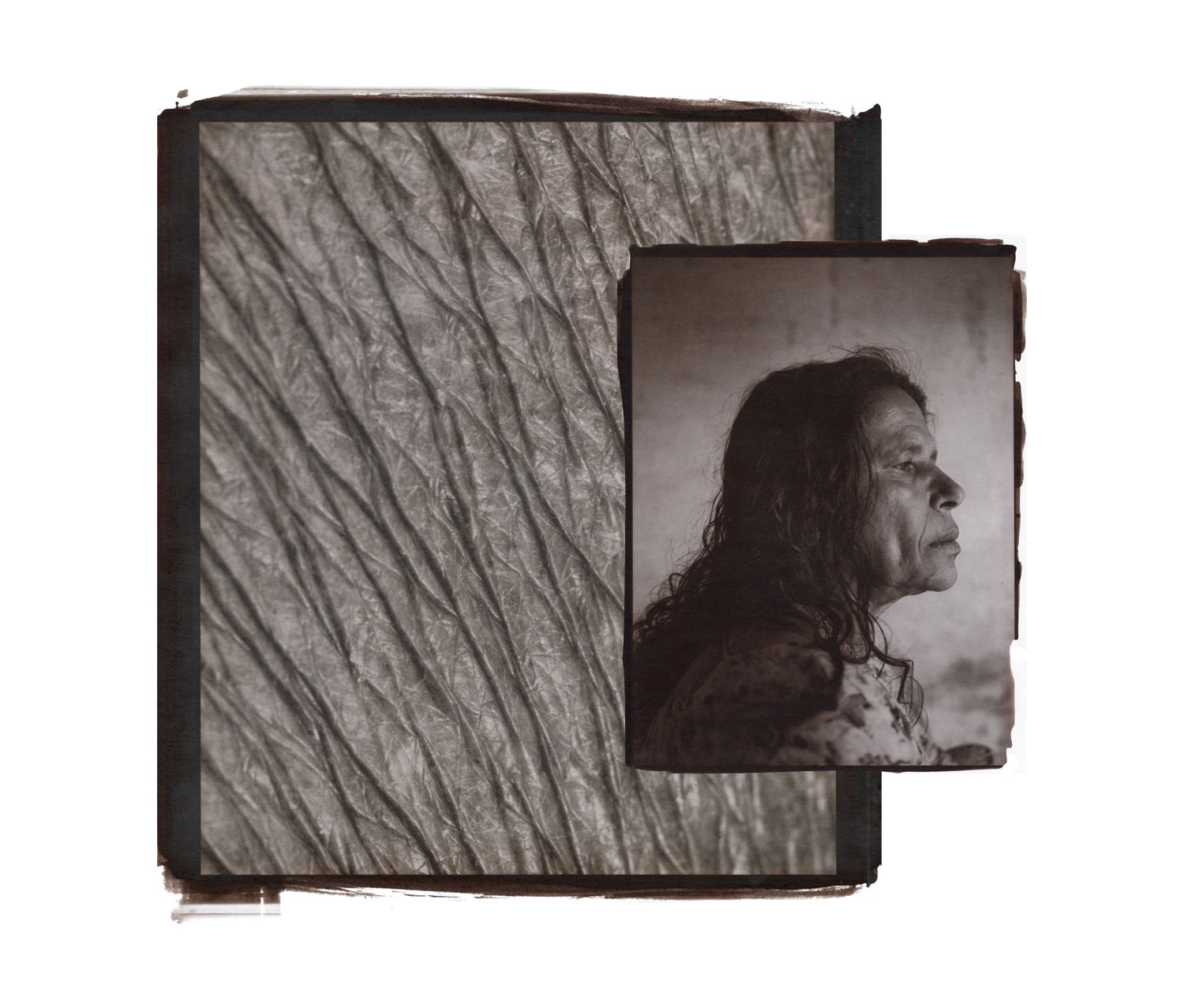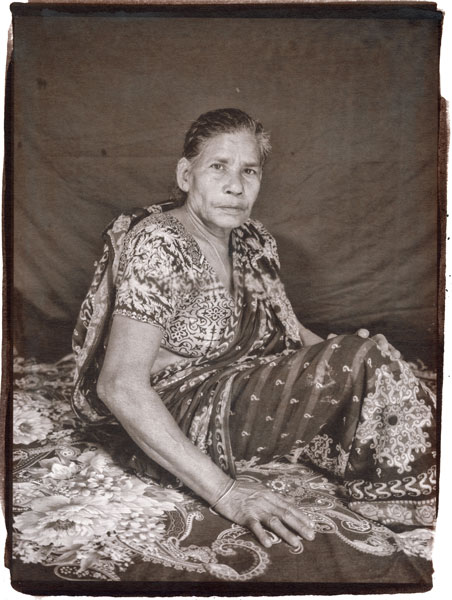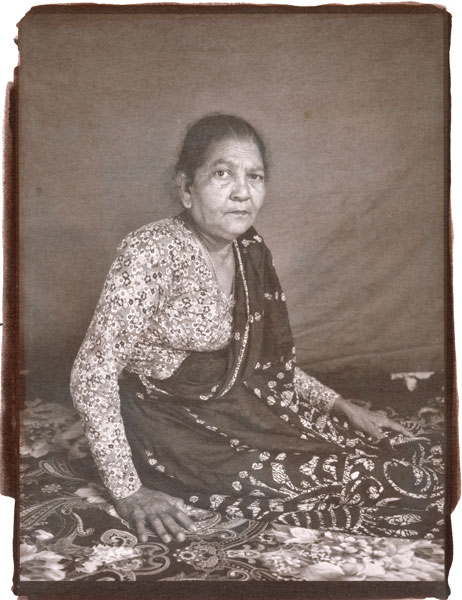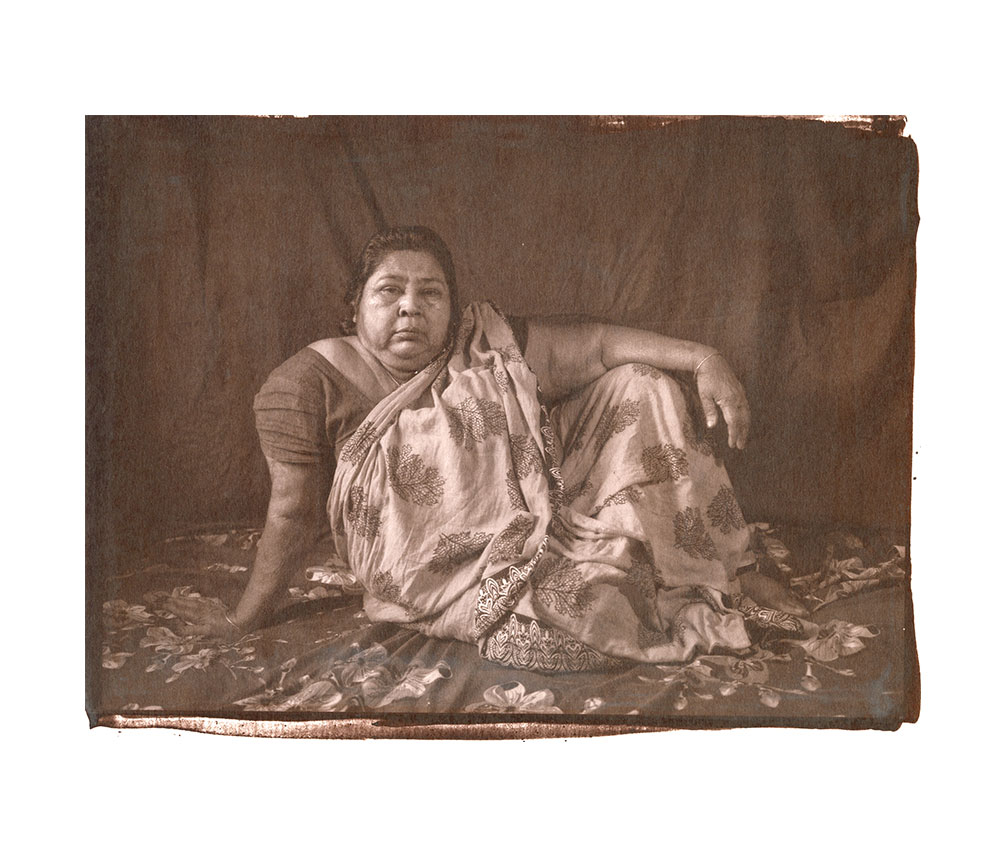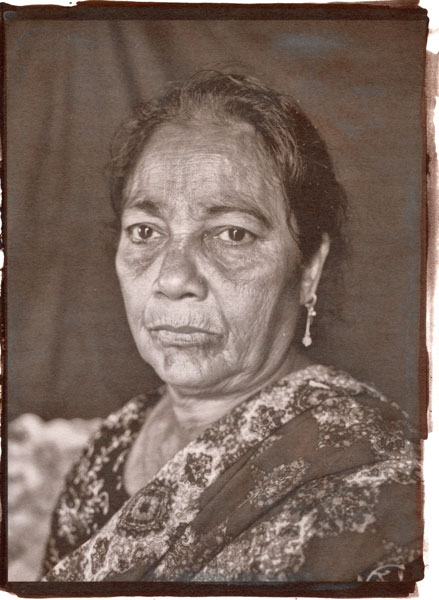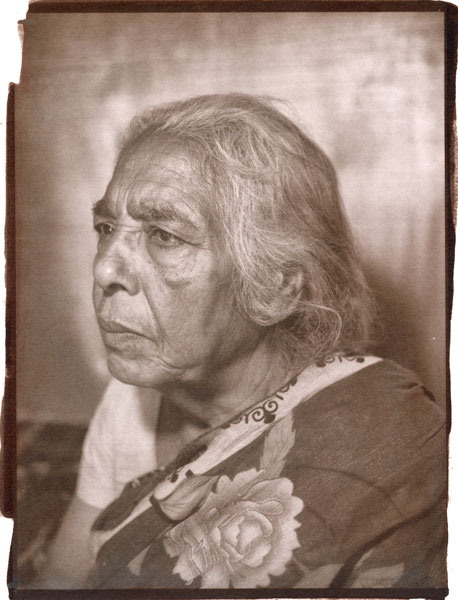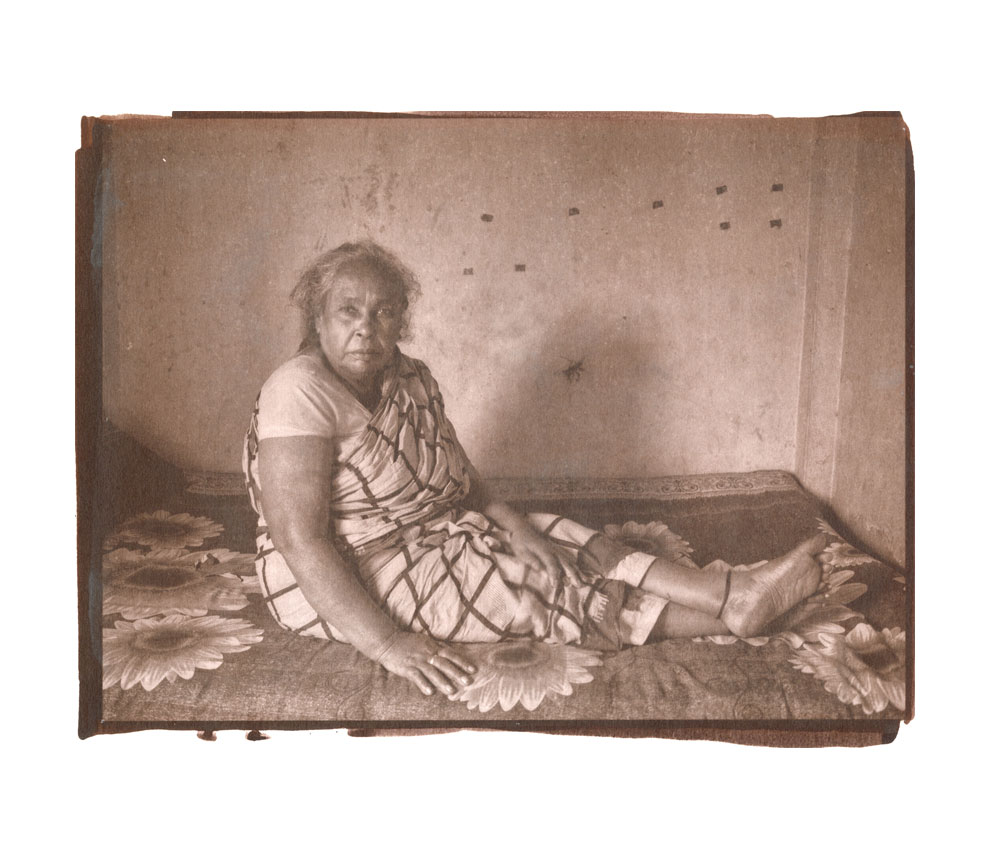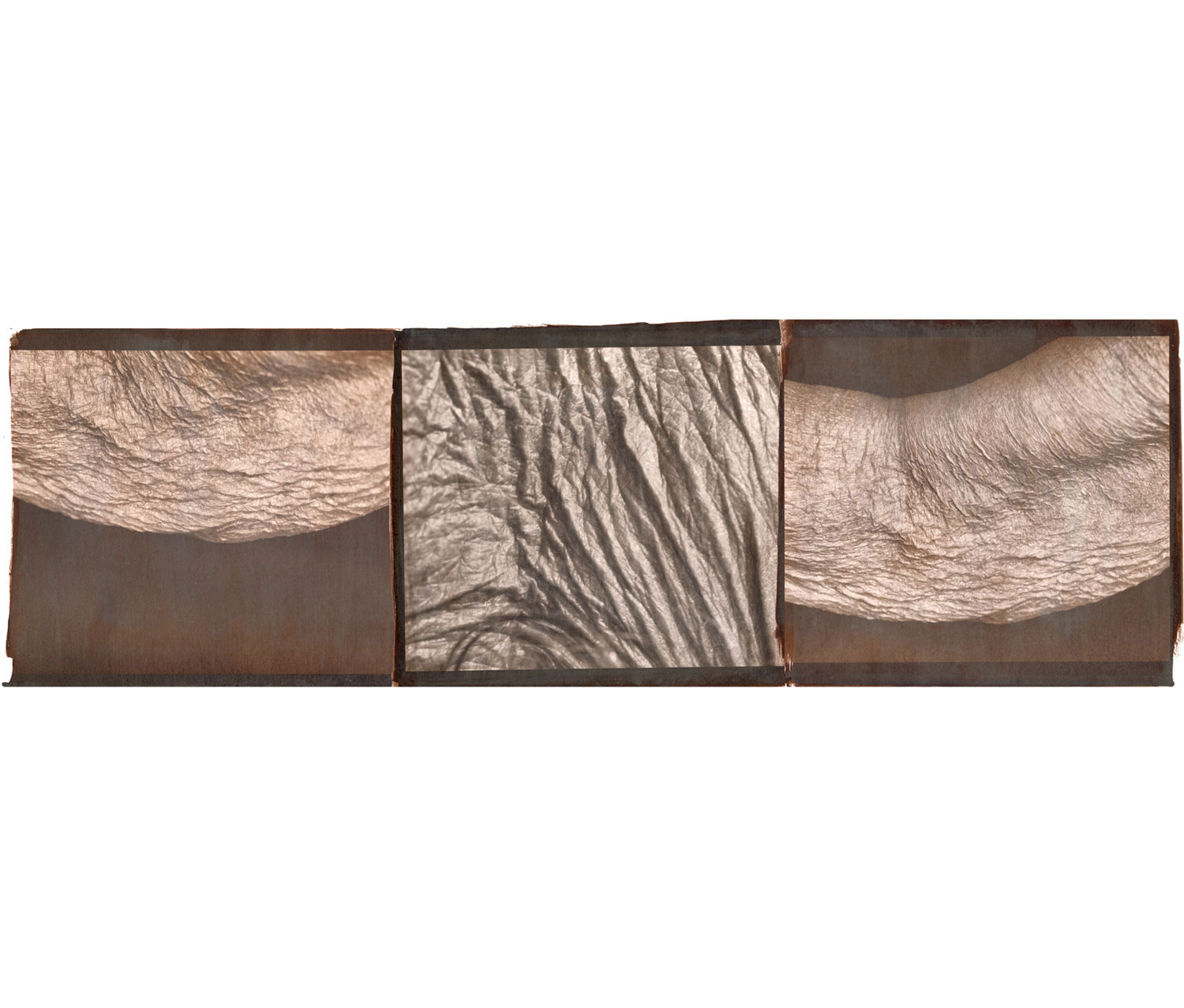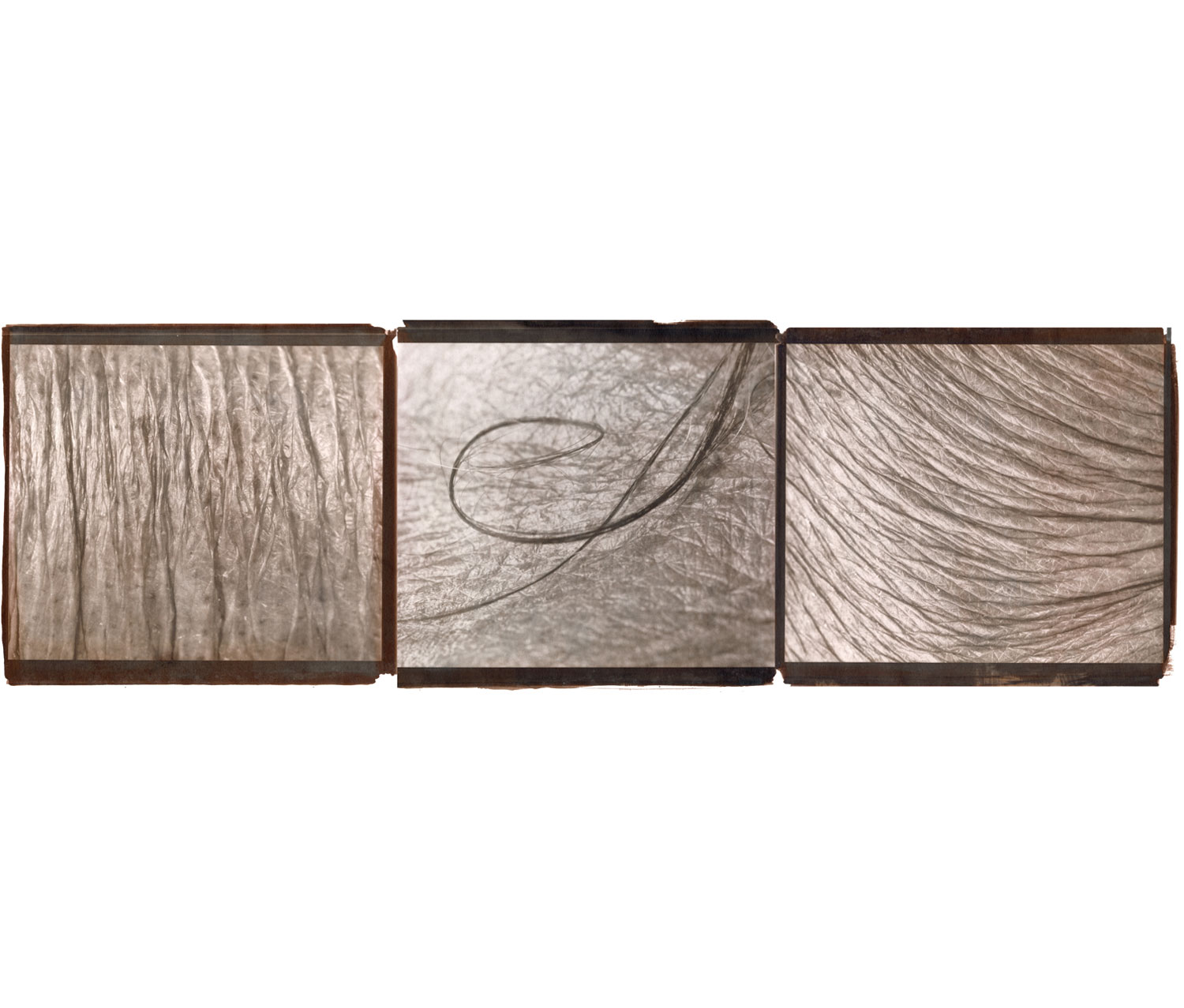Bonds Unseen is a work rooted in rupture but also in return. It listens to stories that have long been cast aside and reimagines the fractured relationships within the brothels of Bangladesh, not as mere social tragedy but as spaces of survival, care, and unexpected kinship.
This journey began from a personal place of loss. After my mother passed away during the pandemic, I was drawn to women who had also been left behind—elderly sex workers living in remote brothels, abandoned by both family and society. Our griefs were different, yet somehow intertwined.
But this story is not only about what is lost. It is about what continues, quietly and insistently. It is about the lives these women continue to remake each day through caregiving, cleaning, enduring. It is about reclaiming humanity in a world that so often refuses to see it.
Bangladeshi sex workers represent a diverse demographic, often driven into the trade due to limited education and socioeconomic challenges. Health issues like HIV and AIDS and societal stigma further marginalize them. The legal status of sex work in Bangladesh is complex, leading to exploitation and harassment. Human trafficking is also a pressing concern. Within brothels, elderly sex workers often transition into roles as cleaners and mothers or caretakers to the young sex workers, adding complexity to their lives.
This exploration becomes a practice of rewriting. The camera becomes a vessel not just to record but to rewrite what was lost, ignored, or erased. These invisible bonds between parents and children, siblings, lovers, and friends can be made visible through metaphor, staging, and emotional presence.
I moved closer to the skin, to the depth of the eyes, to the weight of bodies that have borne the weight of time. Textures can carry life stories. I wanted the viewer to feel these presences through empathy and through respect.
The images in this work emerge from close and tactile encounters. I worked with salt and rice starch not only as materials of sustenance but as carriers of memory. In these prints, they act as agents of restoration, leaving behind traces of a world, a body, a labor. These women are not simply survivors. They are keepers of worlds constantly broken and rebuilt.
This journey is a kind of rewriting, a form of revival, where scars, scents, silences, and the unspoken words held within bodies come together to tell a story. It speaks of the possibility of transformation, one that is born through trauma itself.
2023-Ongoing









